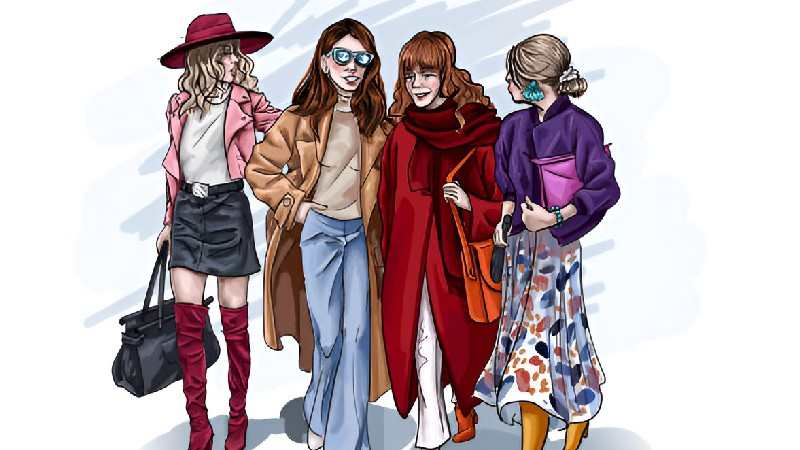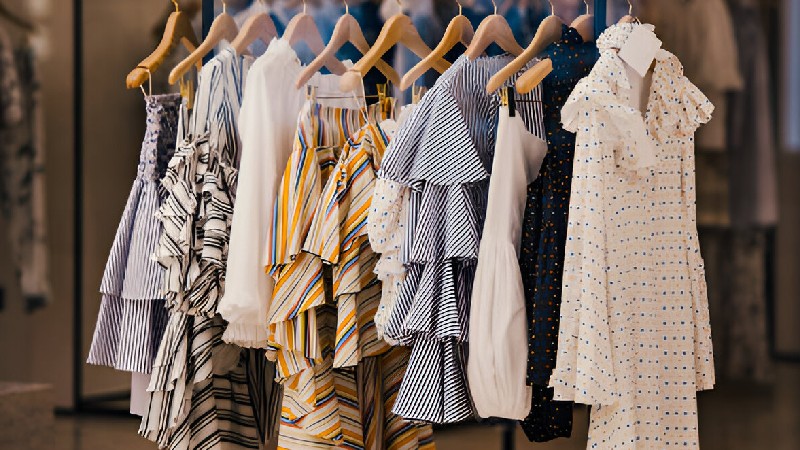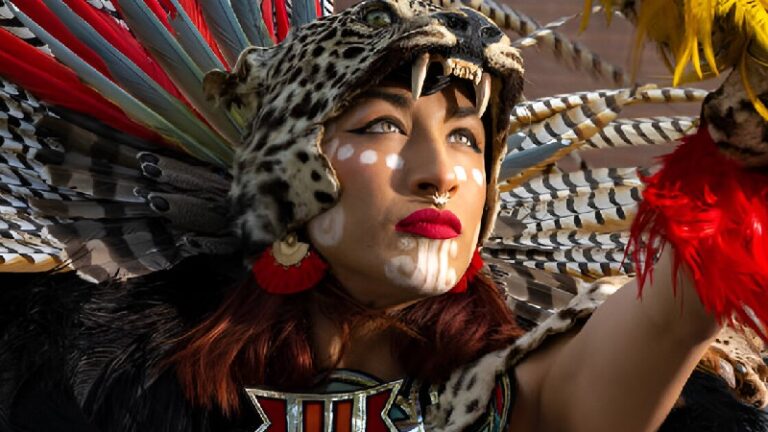Ever wondered why a carefully chosen outfit can feel effortlessly chic across the pond, yet might raise an eyebrow stateside, and vice-versa? It’s not just about trends; it’s about a deep-seated cultural language spoken through fabric and form. For anyone looking to understand the nuanced world of transatlantic fashion, a key question emerges.
Why British & American style just hits different?
This isn’t merely a debate about casual versus formal, or heritage versus innovation. It’s about fundamentally distinct fashion philosophies rooted in history, climate, social codes, and even national identity. Whether you’re a fashion enthusiast, a traveler, or simply curious, understanding these subtle yet significant distinctions will unlock a new appreciation for global style.
1. The Philosophical Foundations of UK vs. US Fashion
The divergent paths of British and American style are not accidental. They stem from unique cultural mindsets and historical trajectories.
British Style
British fashion often embodies a paradox: a deep respect for heritage blended with a penchant for rebellious subversion. It’s a style that frequently whispers rather than shouts, prioritizing quality, longevity, and a certain effortless dishevelment.
- Understated Elegance: Think classic tailoring, muted palettes, and practical outerwear. The British climate, with its unpredictable weather, has historically favored layering, durable fabrics like tweed and wool, and versatile pieces like the trench coat. This practicality often underpins elegance rather than sacrificing it.
- Subcultural Roots: From punk and mod to grunge and rave, the UK has been a crucible for youth subcultures that profoundly influence mainstream fashion. This injects a constant element of anti-establishment cool, unexpected pairings, and a willingness to break traditional rules, even within a seemingly conservative framework.
- “Dressing for the Occasion”: While often perceived as more formal, British style is less about rigid formality and more about a nuanced understanding of context. There’s an innate sense of what’s appropriate for a country pub versus a city office, leading to a versatility that’s quietly sophisticated.
2. Key British Style Elements:
- Tailoring: Often softer, with natural shoulders and a focus on fit.
- Outerwear: Trench coats, waxed jackets, wool coats are staples.
- Fabrics: Tweed, wool, cashmere, cotton (often waxed).
- Color Palette: Earthy tones, muted blues, greys, and classic checks.
- Attitude: Quiet confidence, a touch of eccentricity, often unbothered.
American Style

In contrast, American fashion often reflects a spirit of comfort, practicality, and individualistic expression, born from a vast geography and a less rigid social hierarchy.
- Casual Comfort is King: The sheer size of the US, coupled with diverse climates and a car-centric culture, prioritizes ease of movement and comfort. Denim, t-shirts, sneakers, and sportswear form the bedrock of many American wardrobes. This comfort-first approach often translates into a relaxed, approachable aesthetic.
- The Power of Branding: American fashion has perfected the art of branding and aspirational lifestyle marketing. From collegiate wear to luxury sportswear, logos and brand identity often play a more prominent role, signifying belonging or achievement.
- Optimistic Individualism: American style embraces a more overt form of self-expression. It’s less about adhering to subtle social codes and more about broadcasting personal identity through clothing, often with a sense of optimism and casual confidence.
3. Key American Style Elements
- Silhouette: Often looser, more relaxed, prioritizing freedom of movement.
- Staples: Denim, t-shirts, sneakers, hoodies, baseball caps.
- Fabrics: Cotton, jersey, fleece, synthetic blends (especially in activewear).
- Color Palette: Brighter, bolder colors, often reflecting seasonal trends.
- Attitude: Laid-back, confident, often outwardly friendly.
4. A Comparison of Fashion Sensibilities
To truly grasp why British & American style just hits different, let’s examine specific areas where their approaches diverge.
| Category | British Style Philosophy | American Style Philosophy |
| Formality | Contextual elegance; subtle dress codes; “smart casual” is key | Comfort-driven; often more casual; “dressing up” is more overt |
| Fit | Often tailored, structured, but not stiff | Relaxed, looser fits, emphasis on comfort and movement |
| Outerwear | Investment pieces (trench, waxed jacket); protection from elements | Functional (puffer, denim jacket); often a fashion statement |
| Footwear | Classic leather (loafers, brogues); sturdy boots | Sneakers (athletic & fashion); comfort-focused |
| Brand Emphasis | Subtle branding; quality speaks for itself | Visible branding; lifestyle aspiration |
| Innovation | Blends heritage with subversive street style | Driven by sportswear, tech fabrics, and celebrity influence |
Interestingly, a 2024 fashion survey indicated that while 65% of UK consumers prioritize durability and versatility in their clothing purchases, 70% of US consumers prioritize comfort and alignment with personal identity. This statistical difference underscores the core values driving each nation’s aesthetic.
5. The Influence of Climate & Social Codes
Beyond philosophy, tangible factors like climate and social norms play a huge role in why British & American style just hits different.
Weathering the Wardrobe in the UK

The British weather, famously unpredictable and often damp, necessitates practicality. This has cultivated a culture of dressing in layers and investing in high-quality, weather-resistant outerwear. A well-made coat isn’t just a garment; it’s a necessity and often a status symbol. This translates into an aesthetic that values resilience and understated functionality.
6. The American Lifestyle and Its Apparel
The vast and varied American landscape, from scorching deserts to freezing plains, plus a car-centric lifestyle, makes comfort and versatility paramount. Sportswear and casual wear have thrived because they adapt easily to different activities and climates. The emphasis is on ease and functionality for a dynamic, mobile lifestyle. Socially, the less rigid class structures in the US compared to the UK have fostered a more egalitarian approach to dressing, where casual attire is widely accepted in many professional and social settings.
7. Embracing Transatlantic Style
The unique ways British & American style just hits different offer rich opportunities for personal expression. It’s not about one being “better” than the other, but recognizing the distinct languages they speak.
- For the Fashion Enthusiast: Understanding these differences allows for more informed shopping and a more nuanced approach to personal style. Mix and match elements – perhaps an American-inspired denim jacket with a British-tailored shirt – to create a truly global look.
- For Brands & Designers: Recognizing these core sensibilities is crucial for successful market penetration. What resonates in London may not in Los Angeles, and vice-versa. Authenticity to cultural values is key.
- For the Curious Observer: Appreciating the subtle cues in clothing can deepen your understanding of different cultures and the unique ways people choose to present themselves to the world.
Conclusion
The question of why British & American style just hits different is answered by a complex interplay of historical legacy, climatic demands, and deeply ingrained cultural values. British fashion leans into an understated elegance, a blend of heritage and subversive cool, valuing quality and quiet confidence. American style, conversely, champions comfort, democratic expression, and bold individualism, often fueled by sportswear and prominent branding.
These distinctions are not merely superficial; they are reflections of national identities woven into the very fabric of how people dress. By acknowledging these differences, we gain a richer perspective on the global fashion landscape. Ultimately, the enduring charm of both British and American style lies in their unique ability to communicate who they are, without uttering a single word.
Frequently Asked Questions (FAQs)
What are the main differences between British and American style?
British style often leans towards understated elegance and tailored heritage with a subcultural edge, while American style prioritizes comfort, practicality, and overt individualism.
How does history influence British and American fashion?
British fashion is shaped by centuries of heritage and distinct social classes, whereas American style reflects a more democratic spirit and diverse cultural melting pot.
Does climate play a role in fashion differences?
Yes, the UK’s unpredictable weather fosters a love for layering and durable outerwear, while the US’s varied climates and car-centric culture emphasize comfort and casual wear.
Why is American style often considered more casual?
American culture prioritizes comfort, ease of movement, and individual expression, leading to a widespread acceptance of casual attire in many settings.
What is “effortless dishevelment” in British style?
It’s an intentional, subtly undone look that suggests comfort and a lack of fuss, often achieved through relaxed tailoring or strategic layering.
How do brands leverage these style differences?
Brands often tailor their marketing and product lines to resonate with either the subtle branding preferred in the UK or the aspirational, visible branding common in the US.
Can you blend British and American fashion elements?
Absolutely! Understanding the distinct philosophies allows individuals to mix and match elements, creating a unique and personal global style that combines the best of both worlds.


